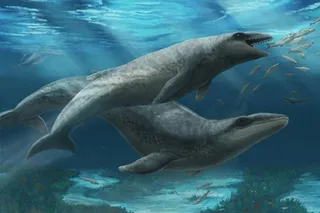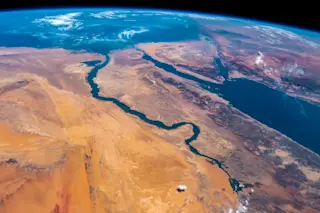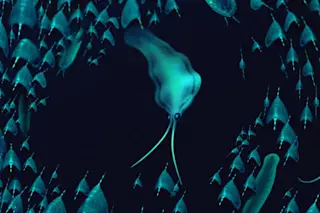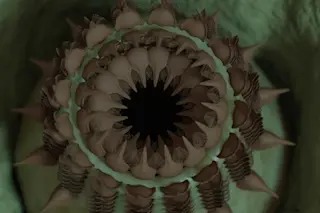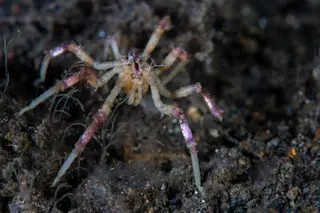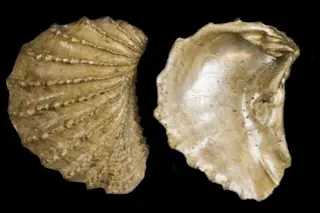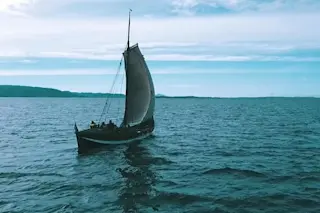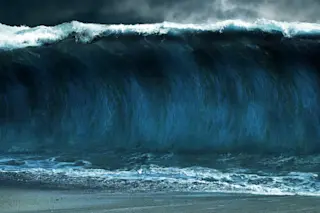Dr Collin Drake doesn't exist, but there are plenty of real shark biologists in the world. This week, I sat down with my friend Mark Royer, a Ph.D. Student at the University of Hawai'i who has perhaps the coolest job on Earth: he grapples with sharks for a living. No, really. Mark is a part of the Shark Research Team from the Hawai'i Institute of Marine Biology, led by two of the most renowned shark biologists in the world: Carl Meyer and Kim Holland. The research group has been studying the sharks of Hawai'i for decades, and as a lab, have produced dozens of publications on shark biology, ecology, and physiology. I can't help but feel small in Mark's presence—at over six feet tall, he towers over me. His loose-fitting t-shirt does nothing to hide the broad-shouldered body that lies beneath. With the musculature of a triathlete, Mark looks like ...
Cooler than #SharkWeek: Real Shark Biologist Mark Royer
Explore the fascinating world of shark biology at the Hawai'i Institute of Marine Biology's Shark Research Team.
More on Discover
Stay Curious
SubscribeTo The Magazine
Save up to 40% off the cover price when you subscribe to Discover magazine.
Subscribe

